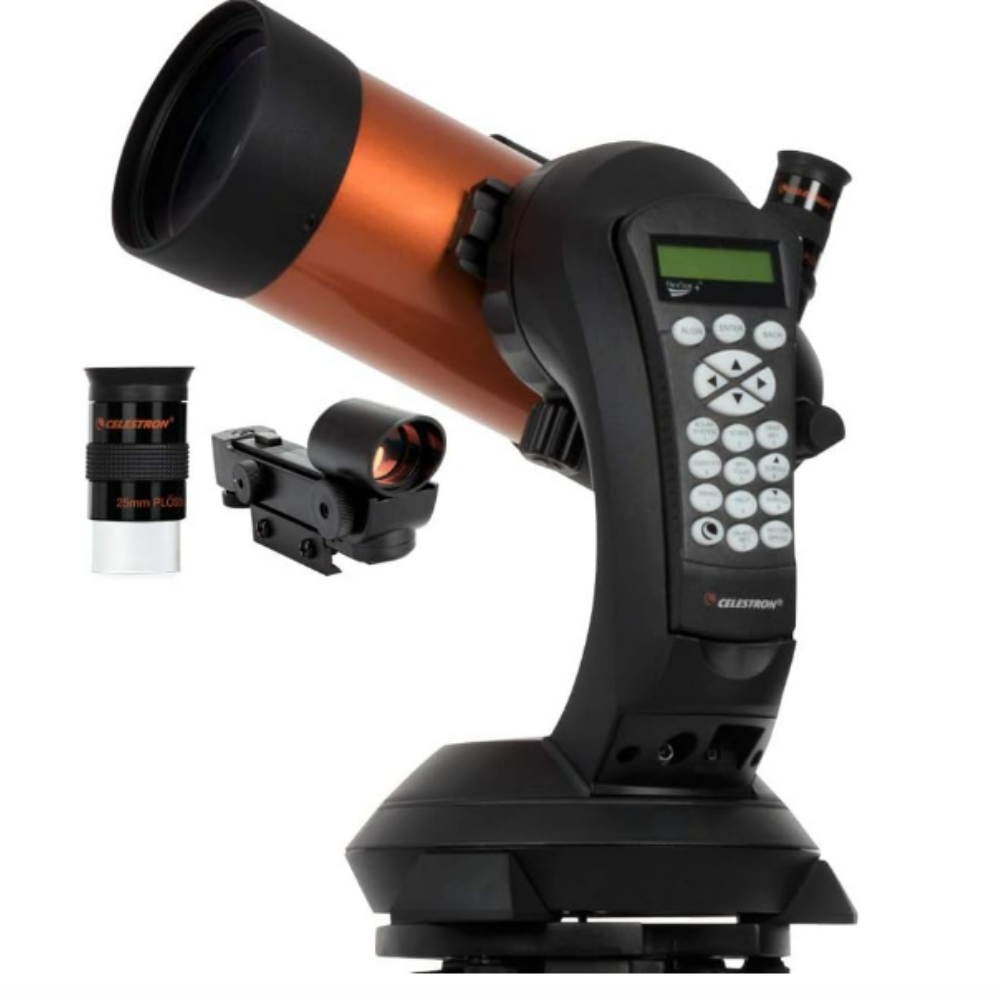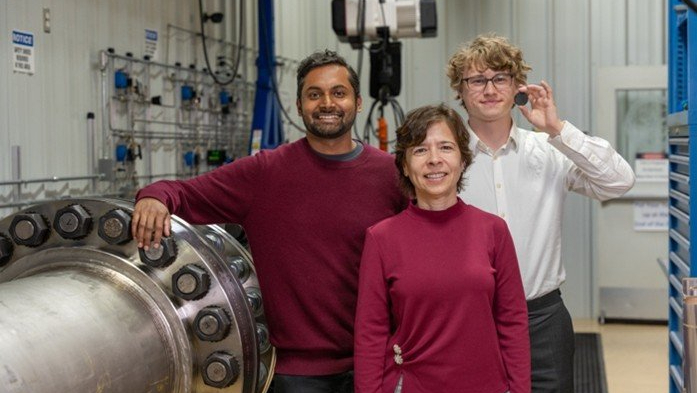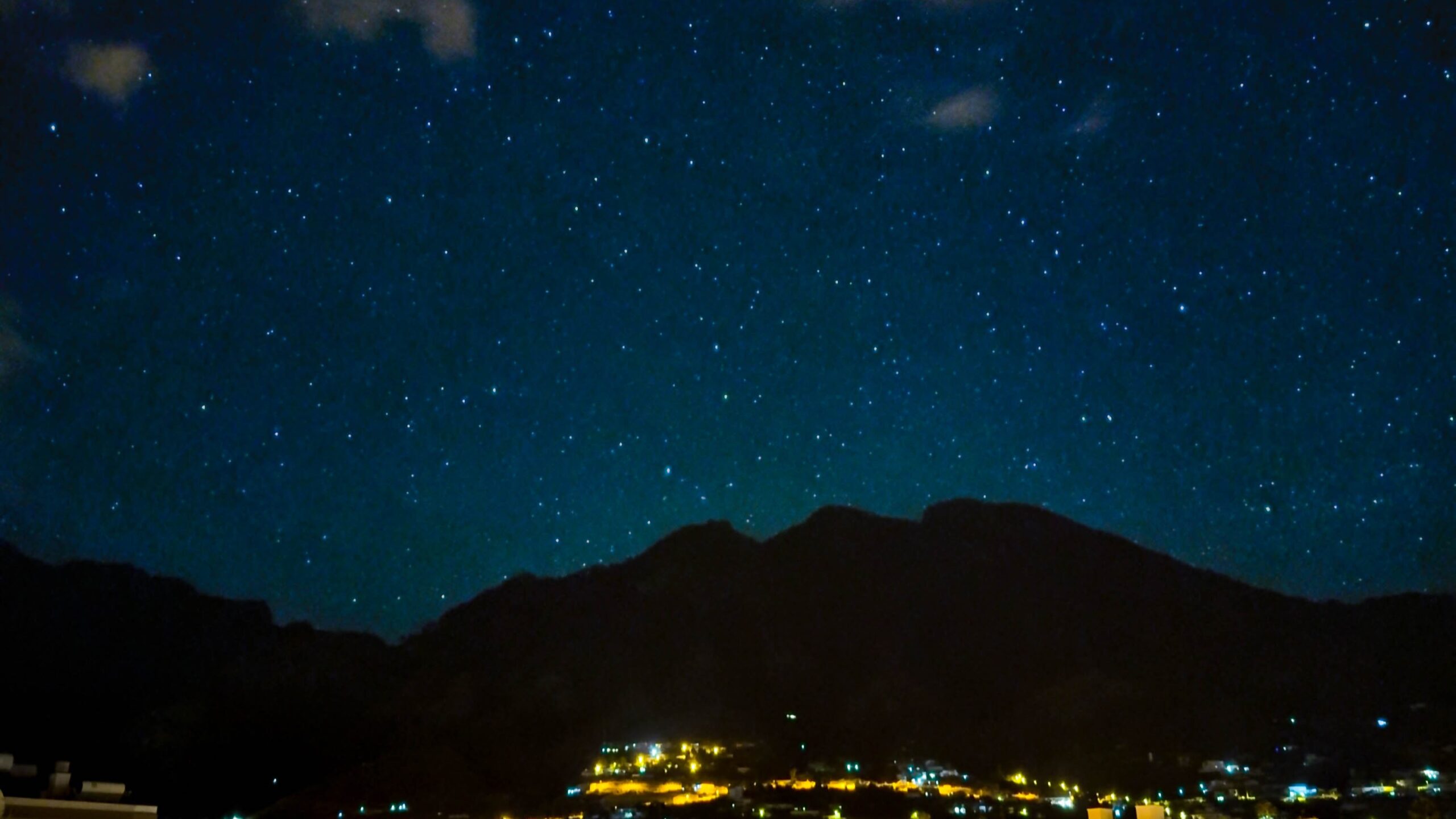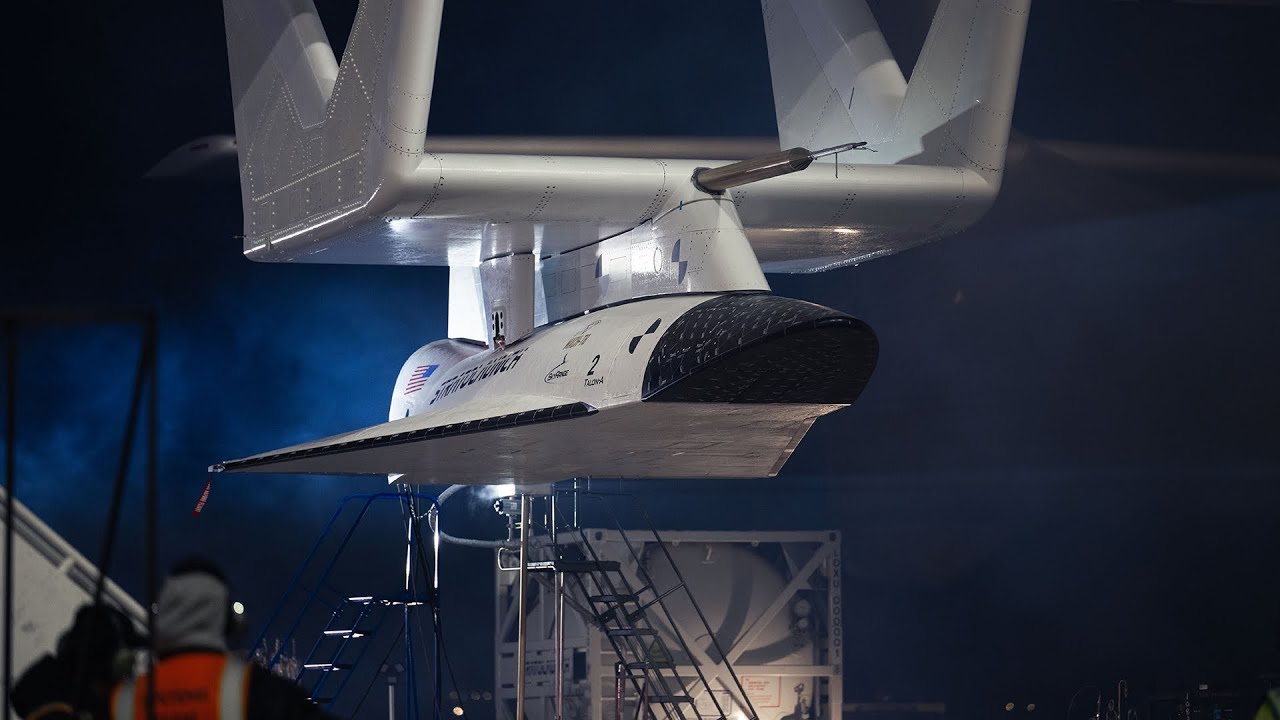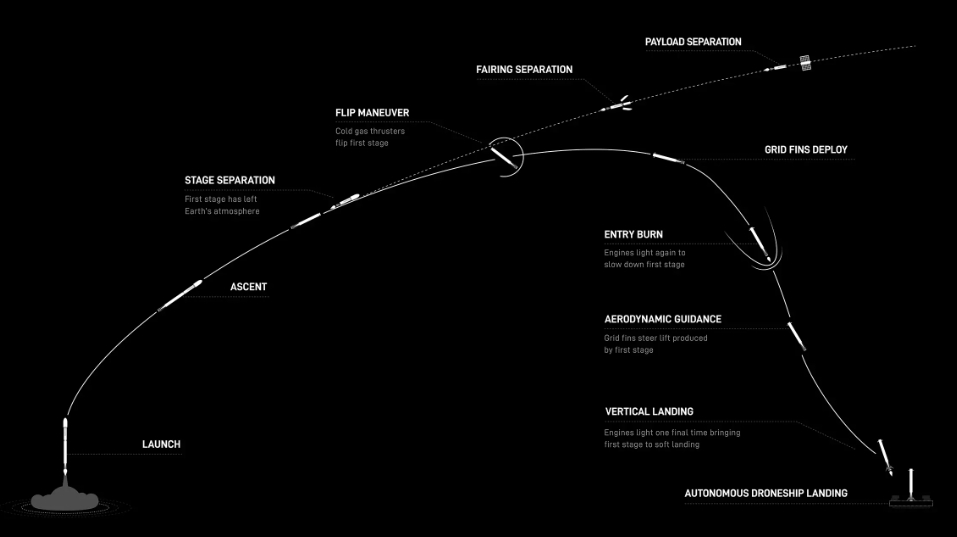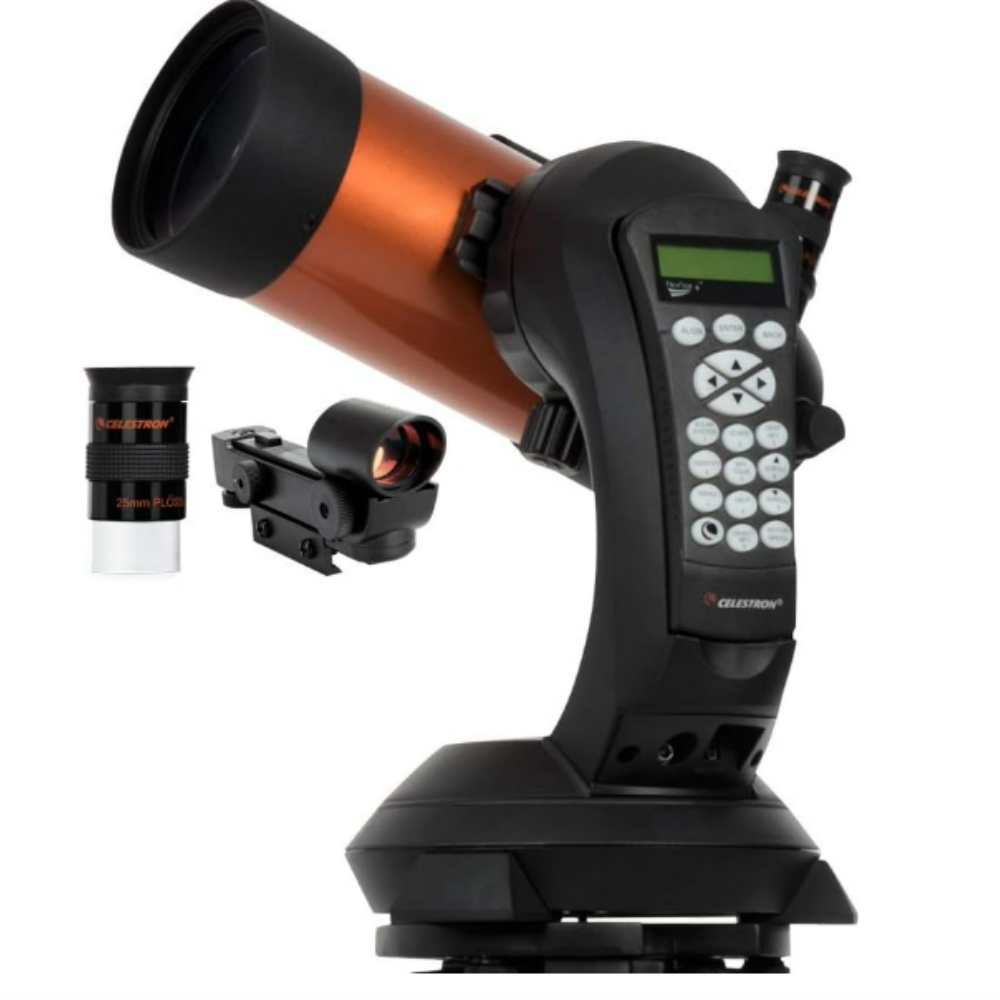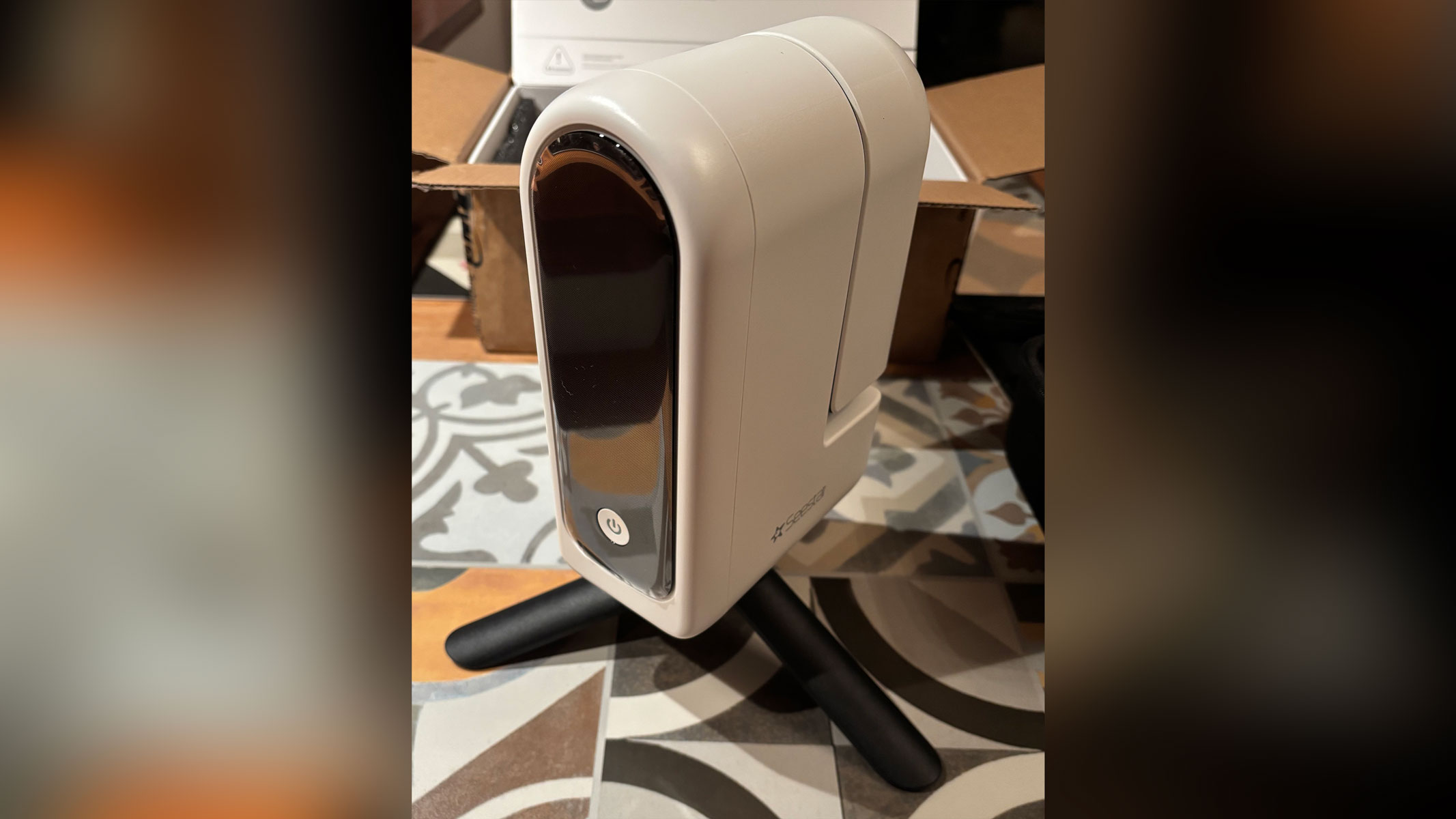The Full Flower Moon 2025 rises tonight! The May full moon gets its name from the abundance of wildflowers that spring into life at this time of year, and it promises a stunning view for skywatchers around the world. The Flower Moon will be 100% illuminated at 12:56 p.m. EDT (17:56 GMT) today (May 12), at which point Earth’s closest celestial companion will be well below the horizon for skywatchers across the U.S. This sets the stage for a dramatic lunar entry when the full moon rises over the southeastern…
Read MoreCategory: Space Stations
Space stations in orbit or planned
How do you keep reusable spacecraft cool during reentry? Make them ‘sweat’
An innovative approach for fully reusable spacecraft suggests making them “sweat” to survive the scorching heat during reentry to Earth’s atmosphere, allowing them to land ready for another flight. A research team from Texas A&M University has partnered with Canopy Aerospace to develop and test a 3D-printed material that releases or “sweats” a coolant gas to protect spacecraft from the intense heat encountered when travelling back to Earth at high speeds. This innovative design uses a method called transpiration cooling, whereby a layer of gas is released along the vehicle’s…
Read MoreI went to STARMUS La Palma for science and music — I came back in love
They call La Palma the island of stars, and in April 2025, it became the epicenter for science, stargazing and music. I was there for STARMUS, a festival that brings together Nobel Prize winners, astronauts, musicians and science enthusiasts for several days of talks, performances and cosmic inspiration. But nothing prepared me for the moment I first looked up at the night sky. Standing upon the rooftop terrace of our hotel, in the beautiful town of Los Llanos de Aridane, I was in awe. The stars didn’t twinkle, they blazed.…
Read MoreThe face looks familiar, but who’s the other Time Lord in ‘Doctor Who: The Story & the Engine’?
Reverse the polarity of the spoiler flow! Proceed with caution if you’re yet to watch the new “Doctor Who” episode “The Story & the Engine”. In “The Story & the Engine”, the Doctor stops off for a haircut in Lagos, Nigeria, and ends up with a little more than a short back and sides. A mysterious barber (Ariyon Bakare) is on the hunt for stories to power his scheme to topple the gods, and nobody has more memorable tales to share than Gallifrey’s most famous export. The episode references most…
Read MoreNeed for speed? Watch this thrilling video from historic Stratolaunch Talon-A2 hypersonic flight (video)
TA-2 First Recoverable Hypersonic Flight – YouTube Watch On Stratolaunch released a new video documenting the completion of its second hypersonic flight and full recovery of its Talon-A2 autonomous vehicle, showing off the capabilities of this sleek reusable hypersonic aircraft. This successful follow-up mission, recently undertaken on March 24 of this year, follows in the wake of the Talon-A2 vehicle’s initial first hypersonic flight and runway recovery back on Dec. 20, 2024. The Talon-A2 is an advanced air-launch plane lifted aloft by a gigantic dual-fuselage aircraft designed by Scaled Composites…
Read MoreIt’s been one year since the most intense solar storm in decades created worldwide auroras. What have we learned?
I’ll never forget the night of May 10, 2024. I remember having dinner with a friend and talking about the potential of seeing the northern lights in Northeast Ohio, a conversation that I had never had before or even thought was possible. It sounded unlikely, but earlier that week, the possibility was brought to my attention when I wrote one of my first-ever stories highlighting space weather triggered by the sun. As a meteorologist, space weather wasn’t something I talked about often, but the more I was learning that week,…
Read MoreSpaceX launches 28 Starlink satellites to orbit from Florida
SpaceX sent another batch of its Starlink internet satellites to orbit from Florida’s Space Coast this morning (May 10), its second launch in a little over six hours. A Falcon 9 rocket carrying the Starlink spacecraft lifted off from Cape Canaveral Space Force Station today at 2:28 a.m. EDT (0628 GMT). The liftoff followed closely on the heels of another Starlink mission, which launched from California’s Vandenberg Space Force Base on Friday evening (May 9). The Falcon 9’s first stage rests on the deck of a drone ship shortly after…
Read MoreSpaceX Falcon 9 rocket launches Starlink satellites from California, lands on ship at sea
SpaceX kicked off a potentially busy weekend with the launch of a batch of Starlink satellites this evening (May 9) from California. A Falcon 9 rocket launched SpaceX‘s Starlink 15-3 mission from Vandenberg Space Force Base today at 8:19 p.m. EDT (5:19 p.m. local time; 0019 GMT on May 10). The stack of 26 Starlink satellites began their journey into low Earth orbit (LEO) aboard a Falcon 9 first-stage booster designated B1081. This was the 14th launch of B1081, which has supported six previous Starlink missions. Booster 1081 missions The…
Read MoreWatch the moon and bright star Spica meet in a celestial dance on May 9
The bright star Spica will appear to dance around Earth’s moon on the night of May 9. Here’s how to catch the celestial pair at play ahead of next week’s full ‘Flower Moon’. Stargazers should look for the moon and Spica hanging above the eastern horizon on May 9 after sunset. The waxing gibbous moon will shine brightly, with just a thin crescent of shadow along its edge. Look to its lower left after 10 p.m. local time — once astronomical twilight fades, the bright star Spica will become easier…
Read MoreZWO Seestar S30 all-in-one smart telescope review
ZWO’s entry into the smart telescope market is the Seestar S30, a compact and highly portable instrument. This model is available in both 30-mm- and 50-mm-aperture versions, but this review focuses on the former, which comes at a recommended retail price of just $349. But is the Seestar S30 the bargain of the century, or do you get what you pay for? ZWO Seestar S30 All-in-One Smart Telescope: Design The Seestar S30 has a compact, minimal design. (Image credit: Future) ★★★★ Compact design Very quiet mechanism Small 30-mm aperture, with…
Read More